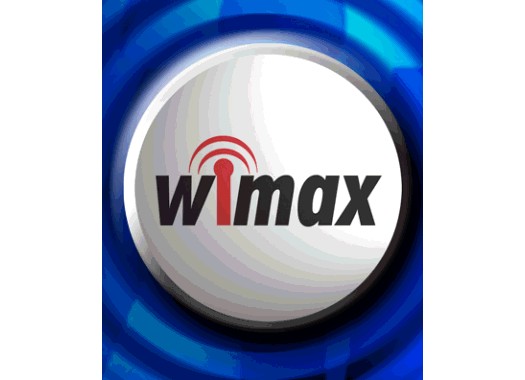WiMax 2 standard should be adopted in November

Despite the fact that the WiMax 2 wireless standard has recently become slightly less popular than LTE, work is underway to adopt it. So, now the standard is almost ready, and its introduction into new devices will be carried out immediately after the adoption of WiMax 2. The last stage of protocol development, standardization, is carried out by the Institute of Electrical and Electronics Engineers (IEEE). Experts believe that the approval of the protocol should happen in November. After that, manufacturers will begin work on integrating new technology into new devices, and the first such devices with WiMax 2 should appear in early 2011.
Declan Byrne, marketing director for WiMax Forum, said mobile service providers will begin work on building WiMax 2 wireless infrastructures in 2012. As you can see, the usual situation happens - first devices with a new communication protocol appear, but the popularization of new protocols occurs somewhat later. Apparently, the appearance of WiMax 2 networks will happen after LTE public networks appear.
Recall that the developers of the WiMax 2 protocol claim that the new standard will allow raising the average data transfer rate to 100 Mbps (the maximum speed is in the direction from the base station to the user device). It is worth noting that the developers have maintained backward compatibility of the new protocol with previous versions of WiMax.
It is worth noting that LTE, as mentioned above, is becoming more popular, eclipsing the previously expected WiMax 2. Currently, in most countries preparations are underway for the deployment of LTE networks - these countries include countries in Europe and the USA. So WiMax 2 has hope for use in countries where LTE network infrastructure is not planned. True, not all manufacturing companies support LTE. Giants such as Intel, Motorola, Samsung and some others still prefer WiMax over LTE.
In general, competition between communication protocols and manufacturers is always good, because then one and the other side are developing faster, trying to master as many regions as possible in a short period of time.
Well, it remains to wait for the appearance of new communication protocols, which, as always, will make life on the Web more convenient, affordable, and enjoyable.
